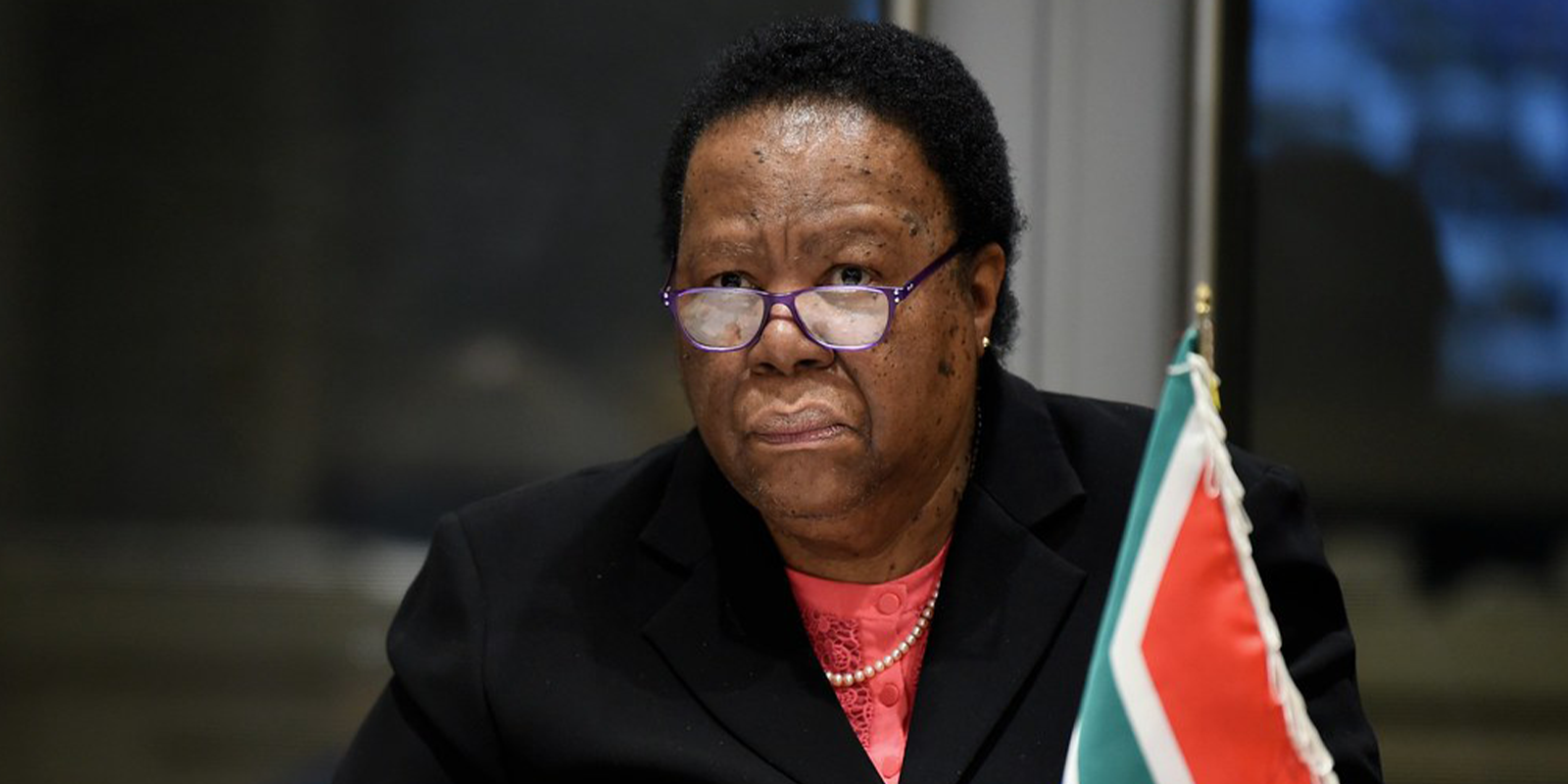News
Africa’s Heroes in Waiting: Intermediary Cities Are Poised to Drive African Prosperity
“The only function of economic forecasting,” US economist John Kenneth Galbraith once famously quipped, “is to make astrology look respectable”. Indeed, predicting movements in something as complex as the economy is fraught. However, steady demographic trends are far more reliable. And we can harness several of these to make some robust forecasts about Africa’s economic future.

Fundamentally, three facts about the population of Africa combine to tell a powerful story. First, the continent’s population is large and growing fast. Currently some 1.4 billion people call Africa home. That is forecast to become 2.5 billion by 2050, marking a three-fold increase since 2000.
Second, following in part from the first fact, Africa’s population is increasingly a youthful one. While some parts of the world have population pyramids weighted towards the top (higher ages), Africa has all of the complex challenges and opportunities of a population pyramid weighted at the base (lower ages). In simple numbers: The median age in Europe and North America hovers around 40, in Africa it is just 18 years of age.
Finally, Africans are urbanising. Fast. According to McKinsey, “the continent is urbanising faster than any other place on the planet. Since 2000, Africa’s urban population has grown 3.7 percent, outpacing overall population growth on the continent of 2.5 percent.”
According to the United Nations, Africa is set to become home to an additional 900 million urban dwellers by 2050 compared to 2020 numbers.
Oxford Economics analysis makes the prediction that “GDP in sub-Saharan cities will increase at an annual average rate of 2.9% during 2024-50, comfortably outpacing all other parts of the world,” but with the warning that “sub-Saharan cities will continue to trail behind the rest of the world when it comes to income per person.” A result of the ‘normalisation effect’ of population growth and disproportionate urban concentration on GDP.
This begs the challenge: What will be the nature of this seismic demographic change? What will it mean economically? A growing, youthful and urbanising population brings with it the potential for what is termed a “demographic dividend”. Lots of young people entering their economically productive years can be a tremendous boon. However, without the right institutional environment and opportunities, it is not hard to see how this could become a recipe for a disaffected generation and the myriad problems that brings.
What do we do? What is the silver bullet? It would be naïve to suggest a single clear solution like that, especially in Africa.
However, we can identify keystone parts of the solution. Things that will go a long way to ensuring this dividend pays.
Enter the intermediary city.
Sometimes referred to in relative terms as “second” or “secondary” cities, they tend to be the ugly ducklings of urban studies. However, modern fields such as agglomeration economics increasingly recognise the tremendous advantages that a Cape Town has over a Johannesburg, a Kumasi has over an Accra, and a Mombasa has over a Nairobi.
To be clear, it is not one or the other. Primary cities are critical. However, intermediary cities have untapped potential. Most obviously, by their very nature, they have room to grow. Many African primary cities have reached the stage where diseconomies of scale pile up. Second cities, for the most part, have not. Therein lies the problem and the potential.
Africa’s secondary cities are too small relative to their respective primary cities. Analysis by Rachir Sharma, the Chief Global Strategist at Morgan Stanley Investment Management, suggests a secondary city should not be smaller than one third the size of its primary city. Yet, according to analysis out of McKinsey, many African second cities hover at and below the 25% mark. And in some highly populated countries like Ethiopia almost all economic activity is centred in Addis Ababa.
This state of affairs means Africa is missing out on multiple important benefits of large secondary cities. A thriving second city is a critical stepping stone. Instead of a traditional myopic urban-rural divide describing population dynamics, recent studies have found that most rural migrants do not migrate directly to large metropolitan and or even secondary cities. Instead, the process is transitional, starting with migration to the nearest regional town or small city and then moving to larger cities after gaining urban life skills and experience.
Having stepping stones is imperative if we are to unleash the potential of the demographic dividend. Young people need places to connect, learn and trade. As it stands, Africa is poor on connectivity. The DHL Global Connectedness Report 2024 demonstrates this starkly. Just four sub-Saharan African nations are among the top 100 globally, yet they dominate the bottom half of the scorecard. Africa remains too isolated from the economies of the world, and too insular in its own right.
Productivity, and therefore incomes, rise rapidly as one moves from rural areas up to cities of enough size to reach economies of scale.
Very well. But how? Intermediary cities have to do more with less. They win when they harness their own particular environment to leverage up particular relative advantages.

One approach is to identify what you do well, and then keep doing it better and better. Consider Beira, Mozambique. This is a port city that has taken this exact attitude. They realise that they have competitive advantages as a hub for importing and exporting, connecting Mozambique and the Southern African hinterland with the rest of the world.
Beira improved its ranking in the World Bank’s Container Port Performance Index (CPPI) from 270th to 223rd between 2021 and 2022 – making it the top port in southern Africa. This despite the devastation the city suffered in 2019 by Cyclone Idai.
Other examples include Rabat, Morocco as a learning hub, backing itself with investment in universities and schools, and Cape Town, steadily working on its attraction as a tourist destination while benefiting from the stream of “semigrants” from Johannesburg as that city buckles under failed infrastructure and service delivery.
There is a more dramatic approach, too. Several African nations are building new intermediary cities, from the ground up. Keyna is working on a new tech hub outside Nairobi. Nigeria is building a sister city to Lagos. Perhaps most prominently, Egypt is building a brand new administrative capital outside Cairo.
There are benefits to starting from a clean slate. Ideally, planners can avoid the many pitfalls of the typical unpredictable, organic growth of cities. Not to mention the growing ‘slum’ phenomenon prevalent across urban Africa. But they also face the difficulty of the vast need for capital and long payback periods. And it is also very difficult to predict and plan for the ways people use cities.
Current new-build cities are yet to prove their worth. Delays and cost overruns are a given on projects this size. Time will tell if these ambitious ventures can work.
Whatever form the development of intermediary cities takes, it must happen if Africa’s demographic trends are to become a dividend and not a liability. These may be the best solution to the growing inequality of opportunity and true economic inclusion for a rapidly changing continent.
This article originally appeared on Daily Maverick.


